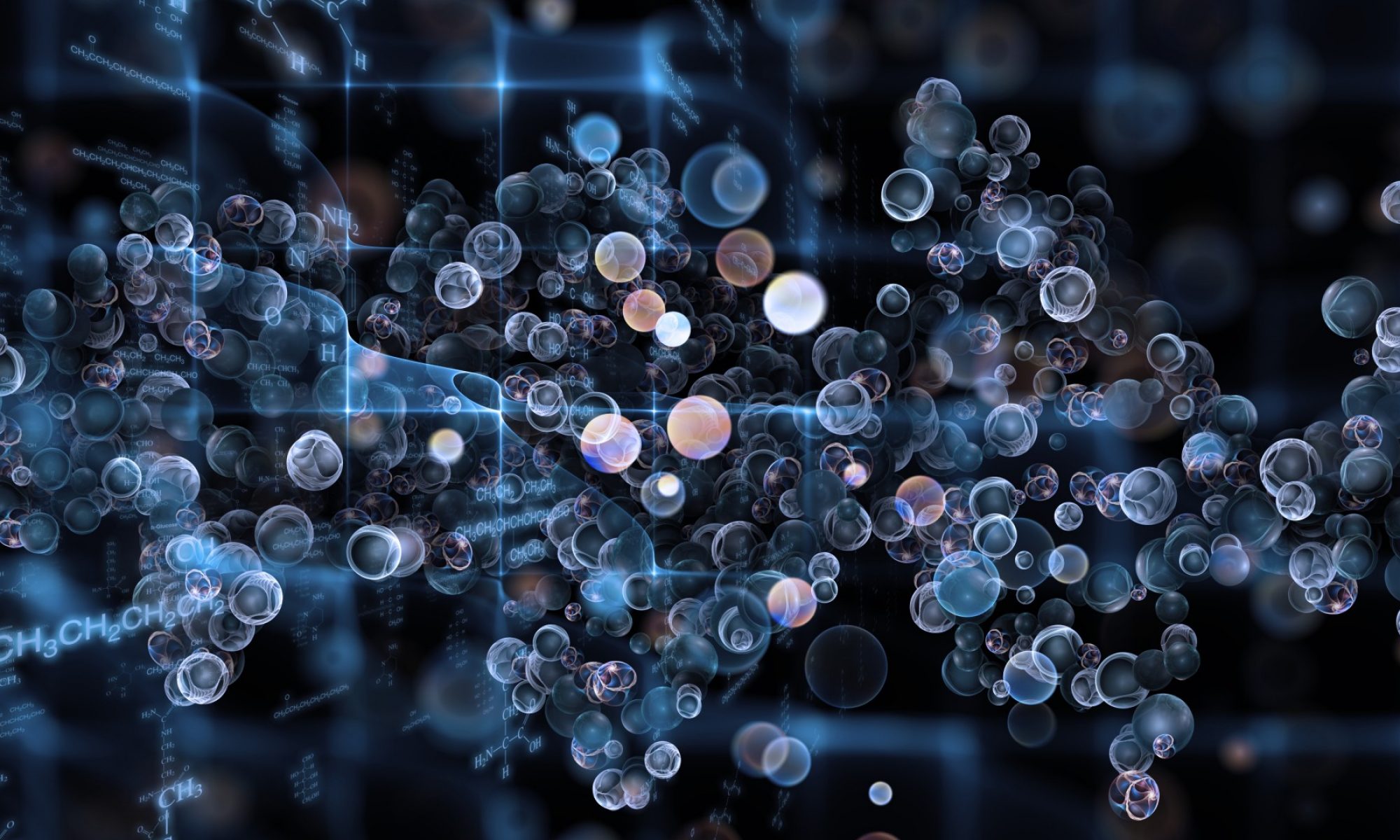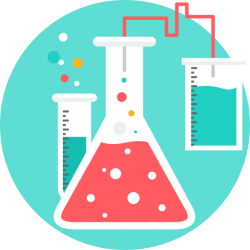A compound is a chemical substance composed of many identical molecules (or molecular entities) composed of atoms from more than one elementheld together by chemical bonds.
There are four types of compounds, depending on how the constituent atoms are held together:
- molecules held together by covalent bonds
- ionic compounds held together by ionic bonds
- intermetallic compounds held together by metallic bonds
- certain complexes held together by coordinate covalent bonds.
Many chemical compounds have a unique numerical identifier assigned by the Chemical Abstracts Service (CAS): its CAS number.
A chemical formula is a way of expressing information about the proportions of atoms that constitute a particular chemical compound, using the standard abbreviations for the chemical elements, and subscripts to indicate the number of atoms involved. For example, water is composed of two hydrogen atoms bonded to one oxygen atom: the chemical formula is H2O.
A compound can be converted to a different chemical composition by interaction with a second chemical compound via a chemical reaction.  In this process, bonds between atoms are broken in both of the interacting compounds, and then bonds are reformed so that new associations are made between atoms. Schematically, this reaction could be described as AB + CD -> AD + CB, where A, B, C, and D are each unique atoms; and AB, AD, CD, and CB are each unique compounds.
In this process, bonds between atoms are broken in both of the interacting compounds, and then bonds are reformed so that new associations are made between atoms. Schematically, this reaction could be described as AB + CD -> AD + CB, where A, B, C, and D are each unique atoms; and AB, AD, CD, and CB are each unique compounds.
A chemical element bonded to an identical chemical element is not a chemical compound since only one element, not two different elements, is involved. Examples are the diatomic molecule hydrogen (H2) and the polyatomic molecule sulfur (S8).
Definitions
Any substance consisting of two or more different types of atoms (chemical elements) in a fixed proportion of its atoms (i.e., stoichiometry) can be termed a chemical compound; the concept is most readily understood when considering pure chemical substances.[1]:15 [2][3] It follows from their being composed of fixed proportions of two or more types of atoms that chemical compounds can be converted, via chemical reaction, into compounds or substances each having fewer atoms.[4]  The ratio of each element in the compound is expressed in a ratio in its chemical formula.[5] In the case of non-stoichiometric compounds, the proportions may be reproducible with regard to their preparation, and give fixed proportions of their component elements, but proportions that are not integral [e.g., for palladium hydride, PdHx (0.02 < x < 0.58)].[6] Chemical compounds have a unique and defined chemical structure held together in a defined spatial arrangement by chemical bonds. Chemical compounds can be molecular compounds held together by covalent bonds, salts held together by ionic bonds, intermetallic compounds held together by metallic bonds, or the subset of chemical complexes that are held together by coordinate covalent bonds.[7] Pure chemical elements are generally not considered chemical compounds, failing the two or more atom requirement, though they often consist of molecules composed of multiple atoms (such as in the diatomic molecule H2, or the polyatomic molecule S8, etc.).[7]
The ratio of each element in the compound is expressed in a ratio in its chemical formula.[5] In the case of non-stoichiometric compounds, the proportions may be reproducible with regard to their preparation, and give fixed proportions of their component elements, but proportions that are not integral [e.g., for palladium hydride, PdHx (0.02 < x < 0.58)].[6] Chemical compounds have a unique and defined chemical structure held together in a defined spatial arrangement by chemical bonds. Chemical compounds can be molecular compounds held together by covalent bonds, salts held together by ionic bonds, intermetallic compounds held together by metallic bonds, or the subset of chemical complexes that are held together by coordinate covalent bonds.[7] Pure chemical elements are generally not considered chemical compounds, failing the two or more atom requirement, though they often consist of molecules composed of multiple atoms (such as in the diatomic molecule H2, or the polyatomic molecule S8, etc.).[7]
There is varying and sometimes inconsistent nomenclature differentiating substances, which include truly non-stoichiometric examples, from chemical compounds, which require the fixed ratios. Many solid chemical substances—for example many silicate minerals—are chemical substances, but do not have simple formulae reflecting chemically bonding of elements to one another in fixed ratios; even so, these crystalline substances are often called “non-stoichiometric compounds“.  It may be argued that they are related to, rather than being chemical compounds, insofar as the variability in their compositions is often due to either the presence of foreign elements trapped within the crystal structure of an otherwise known true chemical compound, or due to perturbations in structure relative to the known compound that arise because of an excess of deficit of the constituent elements at places in its structure; such non-stoichiometric substances form most of the crust and mantle of the Earth.
It may be argued that they are related to, rather than being chemical compounds, insofar as the variability in their compositions is often due to either the presence of foreign elements trapped within the crystal structure of an otherwise known true chemical compound, or due to perturbations in structure relative to the known compound that arise because of an excess of deficit of the constituent elements at places in its structure; such non-stoichiometric substances form most of the crust and mantle of the Earth.  Other compounds regarded as chemically identical may have varying amounts of heavy or light isotopes of the constituent elements, which changes the ratio of elements by mass slightly.
Other compounds regarded as chemically identical may have varying amounts of heavy or light isotopes of the constituent elements, which changes the ratio of elements by mass slightly.

